Buy Quagen Promethazine Hydrochloride And Codeine Phosphate Oral solution Online
Each 5 mL (one teaspoonful), for oral administration contains: Promethazine hydrochloride 6.25
mg; codeine phosphate 10 mg in a flavored syrup base with a pH between 4.8 and 5.4. Alcohol
7%.
Inactive ingredients: Artificial and natural flavors, citric acid, D&C Red 33, FD&C Blue 1,
FD&C Yellow 6, glycerin, saccharin sodium, sodium benzoate, sodium citrate, sodium
propionate, water, and other ingredients.
Codeine is one of the naturally occurring phenanthrene alkaloids of opium derived from the
opium poppy, it is classified pharmacologically as a narcotic analgesic. Codeine phosphate may
be chemically designated as 7,8-Didehydro-4, 5α-epoxy-3-methoxy-17-methylmorphinan-6α-ol
phosphate (1:1) (salt) hemihydrate.
The phosphate salt of codeine occurs as white, needle-shaped crystals or white crystalline
powder. Codeine phosphate is freely soluble in water and slightly soluble in alcohol. It has a
molecular weight of 406.37, a molecular formula of C18H21NO3•H3PO4 • ½ H2O, and the
following structural formula:
Promethazine hydrochloride, a phenothiazine derivative, is chemically designated as (±)-10-[2
(Dimethylamino)propyl] phenothiazine monohydrochloride.
Promethazine hydrochloride occurs as a white to faint yellow, practically odorless, crystalline
powder which slowly oxidizes and turns blue on prolonged exposure to air. It is soluble in water
and freely soluble in alcohol. It has a molecular weight of 320.88, a molecular formula of
C17H20N2S•HCl, and the following structural formula:
CLINICAL PHARMACOLOGY
Codeine
Narcotic analgesics, including codeine, exert their primary effects on the central nervous system
and gastrointestinal tract. The analgesic effects of codeine are due to its central action; however,
the precise sites of action have not been determined, and the mechanisms involved appear to be
quite complex. Codeine resembles morphine both structurally and pharmacologically, but its
actions at the doses of codeine used therapeutically are milder, with less sedation, respiratory
depression, and gastrointestinal, urinary, and pupillary effects. Codeine produces an increase in
biliary tract pressure, but less than morphine or meperidine. Codeine is less constipating than
morphine.


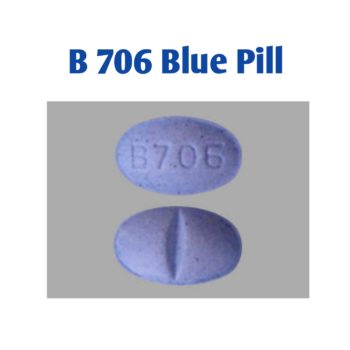
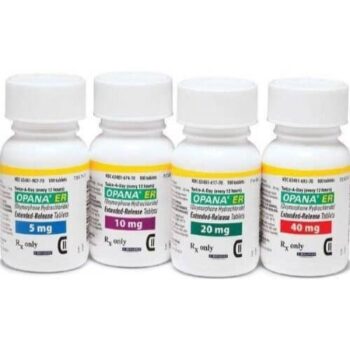

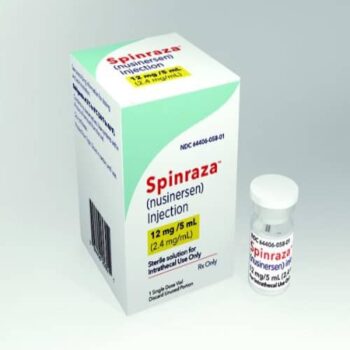



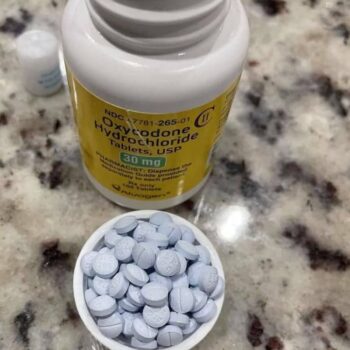

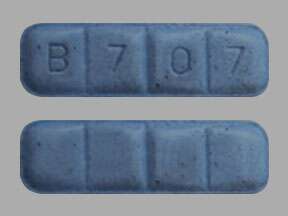


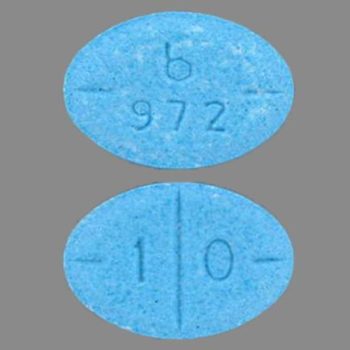
There are no reviews yet.